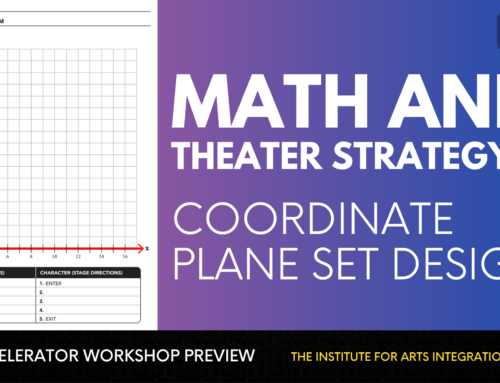Editor’s Note: today’s article comes from guest author Danny Groner, from Shutterstock.com – a leading stock photography and arts website.
As you consider how to incorporate more advancements in your own lesson plans, it’s best to think back to your experiences with technology in the classroom in middle school and high school. Teachers typically assign students to do a presentation, piece of digital artwork, or another project after giving them an overview of the software and the skills required. The issue that I often ran into, however, was that my instructor, while meaning well, wasn’t himself or herself in the program we were going to be using. As a result, the quality of what I could do was severely limited to the level that was bestowed on us. If I had to look at my slides from a World History project announcing the start of WWII, I’m sure I’d be embarrassed to say the least.
As technology has gotten more sophisticated and easier to use, resources have followed with instruction and tutorials that outline in simple terms how to get started. In a classroom full of students, it’s hard to get in all of your questions. With online learning enhancements, though, you can start and stop and re-watch whatever portions you need to really master the skills ahead of leaping in. This way, teachers can call on students to practice the tools they don’t teach in the classroom; these outside skills will complement the lesson plan, adding a technological and creative component. As students work on the projects, they absorb the material in ways that would be impossible in a more traditional classroom setting.
Here are a few ways that instructors of all ages and disciplines can turn to technology for its added benefits:
Magazine star
Everyone can be on the cover a magazine whenever he or she wishes, thanks to the power of Photoshop. Combining art with computer basics will allow students to transform themselves into photo editors and creative directors. Like with physical art, the more time and attention that someone is willing to invest in pruning and tightening up his or her shot, the more professional it’ll look. Students should explore their creativity by naming a magazine that best suits them and their area of interest. Thanks to some amazing effects, they will highlight themselves front and center, and have fun doing it.
Science life
How do you make science, something important yet oftentimes dense, come alive for teenagers? For decades if not longer, science instructors have been trying to crack that nut. Meeting students where they are, with their love for video and music, is an effective approach to take. In the video above, you’ll find an array of beautiful shots of nature. Rather than fill the entire short film with classical music, you can ask them to layer voiceover describing the plants, insects, and landscape seen inside the video. Give an audio/visual assignment an education spin. In just a few minutes, students can learn the basics to how to match up their footage with explanations of what the viewer is seeing on the screen. In the past, these projects were boring research reports with pictures pasted into Microsoft Word. Today, you can make art of it.
Historical dialogue
These new skills that you pick up through online learning don’t necessarily have to be investing back into computer-based work. For instance, there’s a great deal to learn about video production when it comes to re-enacting famous historical events. It’s a good idea to inform students ahead of filming their scenes to learn the essential framework for what makes a scene seem natural. If they’re focusing on one world leader sitting across from another, they should make sure to lean the shot in the direction of the present speaker. Otherwise, things will appear to be disjointed for the viewer, and it could be distracting. These are all small elements that add up to a lot in the final product. If you give your students the information and instruction they need to properly perform these assignments, then their creativity will come out.
Danny Groner is the manager of blogger partnerships and outreach for Shutterstock.






